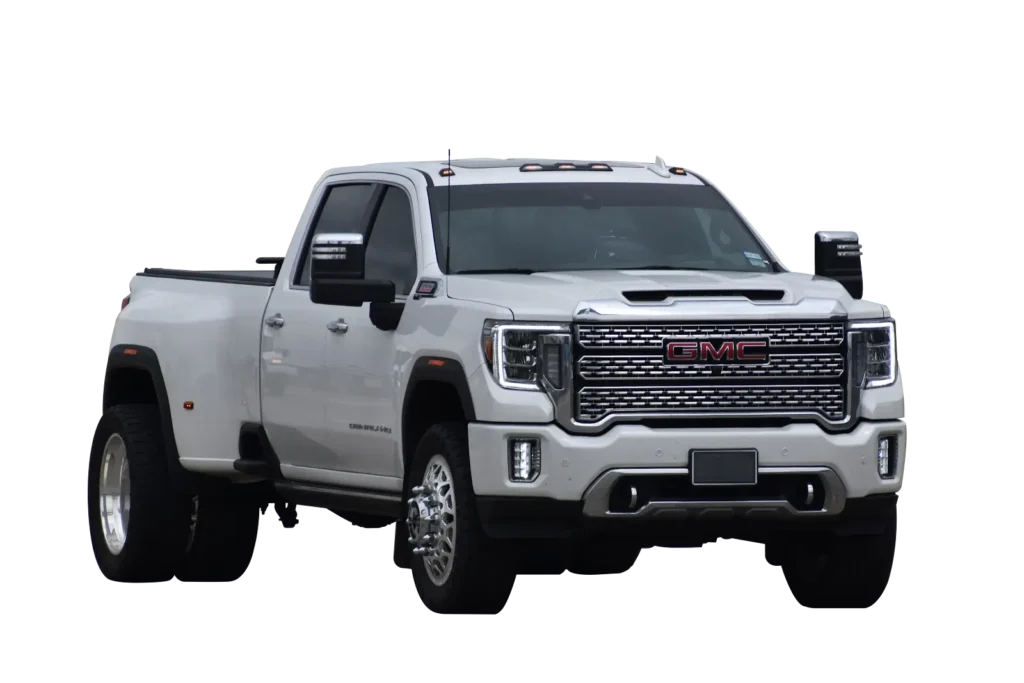
Hot Shot Shipping: A Comprehensive Guide
July 18, 2024

In the fast-paced world of logistics, timely delivery and flexibility are paramount. One method that has been gaining traction for its efficiency and responsiveness is hot shot shipping. This specialized form of freight transportation is ideal for time-sensitive and smaller loads that need to be delivered quickly.
Here’s a comprehensive look at hot shot shipping, why it’s becoming increasingly popular, and how it can benefit your logistics operations.
What is Hot Shot Shipping?
Hot shot shipping involves using smaller, more agile vehicles—often medium-duty trucks equipped with flatbed trailers—to transport freight quickly over short to medium distances. Unlike traditional freight methods, which often involve large semi-trucks and full loads, hot shot shipments are usually less-than-truckload (LTL) and can be dispatched with minimal notice.
Subscribe!
Subscribe to receive the latest articles, newsletters, whitepapers, and industry news directly to your inbox.
"*" indicates required fields
Key Features of Hot Shot Shipping
Speed and Flexibility: Hot shot shipping is designed for speed and flexibility. It’s ideal for urgent deliveries, often with same-day or next-day turnaround. This makes it a preferred choice for industries where time is critical, such as construction, manufacturing, and oil and gas.
Versatile Vehicle Options: Hot shot trucks come in various sizes and configurations, from Class 3 to larger Class 5 trucks. They are typically paired with flatbed, gooseneck, or step deck trailers, allowing them to handle a wide range of cargo types and sizes.
| Class 3 | Weight: 10,001 – 14,000lbs | Examples: GMC Sierra 3500Ram 3500Ford F-350 |  |
| Class 4 | Weight: 14,001 – 16,000lbs | Examples:Ram 4500Chevy Silverado 4500 HDFord F-450 |  |
| Class 5 | Weight: 16,001 – 19,500lbs | Examples:Ram 5500Ford F-550Chevy Silverado 5500HDPeterbilt 325 |  |
Accessibility: Hot shot trucks are more maneuverable than their larger counterparts, making them ideal for deliveries to locations that might be challenging for big rigs to access. This includes residential areas, construction sites, and rural locations
Common Uses of Hot Shot Shipping
Hot shot shipping is widely used across various industries for its speed and efficiency. Common applications include:
Construction Materials: Transporting urgent building materials and supplies to job sites. (Check out our article on Project Freight)
Manufacturing Parts: Delivering critical components to keep production lines running.
Oil and Gas Equipment: Moving essential equipment to drilling sites.
Agricultural Supplies: Providing timely delivery of farm equipment and supplies.
Emergency Shipments: Handling urgent deliveries for disaster relief and emergency repairs.
Benefits of Hot Shot Shipping
Rapid Response: Hot shot shipping is synonymous with rapid response. When time is of the essence, hot shot carriers can often dispatch within hours, ensuring that urgent shipments arrive on time.
Reliability: Due to the smaller, dedicated nature of hot shot shipments, there is less risk of delays caused by consolidating loads with other freight. This reliability is crucial for industries that operate on tight schedules.
Cost Savings: By utilizing smaller vehicles and avoiding the need for full truckloads, hot shot shipping can offer significant cost savings for smaller, time-sensitive shipments. It provides a more economical solution compared to traditional freight methods that might require paying for unused trailer space.
Enhanced Service Levels: Hot shot shipping services often come with a higher level of personalized service. Drivers and carriers understand the urgency of these shipments and typically offer more attentive and responsive customer service.
Key Considerations for Hot Shot Shipping
Load Size and Weight: Hot shot trucks have limitations on the size and weight of loads they can carry. It’s important to ensure that your shipment fits within these parameters to avoid complications. Ideal hot shot shipments are 15-20’ long and weigh 5,000lbs or less; however, 10,000lbs can be easily accommodated. Larger shipments up to 20,000lbs can be tougher to book as there is less equipment available that can accommodate hot shot shipments of that size.
Regulations and Compliance: Even though hot shot trucks are smaller, they must still comply with federal and state/provincial regulations regarding weight limits, permits, and hours of service. It is important to work with an experienced hot shot carrier that can help you navigate these requirements.
Insurance: TRAFFIX employs rigorous checks and balances to make sure all hot shot carriers in our network have adequate insurance coverage for your cargo. This protects you in case of damage or loss during transit.
Choosing the Right Partner: Selecting a reputable and experienced hot shot broker is essential. Look for brokers, like TRAFFIX, with a track record of reliability, punctuality, and excellent customer service.
Conclusion
Hot shot shipping is an invaluable option for businesses that require fast, flexible, and cost-effective transportation solutions. Its ability to handle urgent, smaller loads with precision and speed makes it a critical component of modern logistics strategies. By understanding the benefits and key considerations of hot shot shipping, you can better leverage this service to meet your business’s unique shipping needs. Whether you’re in construction, manufacturing, or any industry where time is money, hot shot shipping can provide the rapid response and reliable service you need to keep operations running smoothly.
Contact Us today to book your next hot shot shipment with TRAFFIX!

